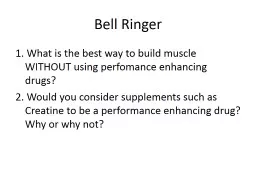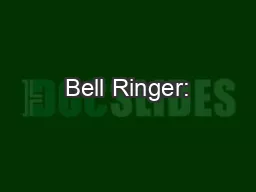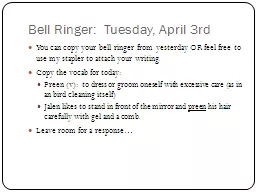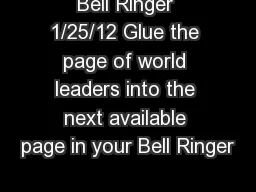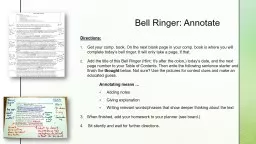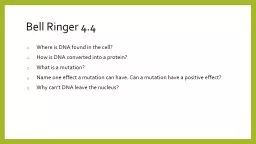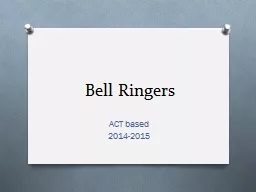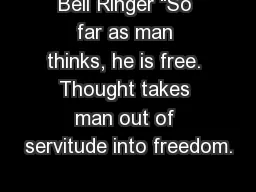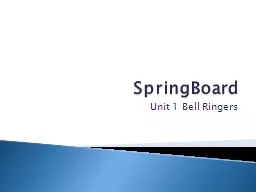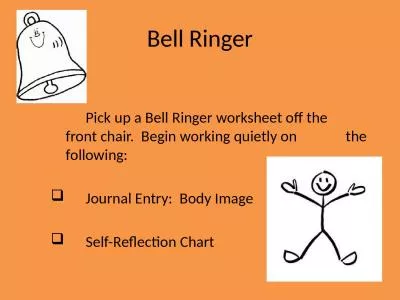PPT-Bell Ringer 1. What is the best way to build muscle WITHOUT using
Author : sherrill-nordquist | Published Date : 2018-12-11
perfomance enhancing drugs 2 Would you consider supplements such as Creatine to be a performance enhancing drug Why or why not The Muscular System AampP Fall 2016
Presentation Embed Code
Download Presentation
Download Presentation The PPT/PDF document "Bell Ringer 1. What is the best way to b..." is the property of its rightful owner. Permission is granted to download and print the materials on this website for personal, non-commercial use only, and to display it on your personal computer provided you do not modify the materials and that you retain all copyright notices contained in the materials. By downloading content from our website, you accept the terms of this agreement.
Bell Ringer 1. What is the best way to build muscle WITHOUT using: Transcript
Download Rules Of Document
"Bell Ringer 1. What is the best way to build muscle WITHOUT using"The content belongs to its owner. You may download and print it for personal use, without modification, and keep all copyright notices. By downloading, you agree to these terms.
Related Documents

